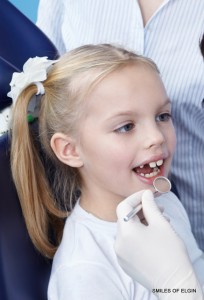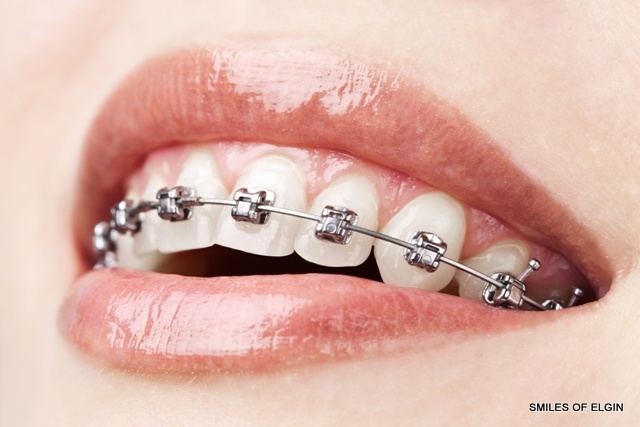1209 Dundee Avenue Elgin, IL 60120
What is an Orthodontist?
Orthodontists are fully qualified dentists who go on a further three years of university-based study and gain extensive clinical experience and education in an orthodontic residency program. The American Association of Orthodontists (AAO) is the regulatory body for this branch of dentistry. The AAO recommends that children should first be examined by the orthodontist around the age of seven, to ensure that jaw and tooth irregularities are not beginning to form and to prevent them from forming in the future.
What does an orthodontist do?
Orthodontists are experts in correcting misalignment of the teeth and jaw. There are many problems associated with misalignment, such as:
- Speech defects,
- Difficulties in biting and chewing,
- Difficulty in maintaining a good oral hygiene.
Here is an overview of some of the most common problems an orthodontist can successfully treat:
Anteroposterior Deviations – Common examples of anteroposterior deviations include:
- underbite (the lower teeth are positioned further forward than upper teeth)
- overbite (the upper teeth are positioned further forward than the lower teeth).

Both of these deviations can cause speaking and chewing difficulty.
Overcrowding – Overcrowding is one of the most common problems orthodontists treat. The lack of jawbone space means adult teeth cannot erupt in alignment with existing teeth.
Aesthetic issues – In many cases, the shape of the whole face is impacted by malocclusions or a bad bite. The orthodontist can restructure and realign the jaw, lips and teeth to create a beautiful, even cosmetic smile.
How does an orthodontist realign jaws and teeth?
In the beginning, the orthodontist performs a thorough examination of the jaw and teeth. Panoramic x-rays and study models (bite impressions) will be taken prior to the treatment recommendations. The orthodontist will recommend the best treatment for the patient’s particular condition.

ORTHODONTIC TREATMENTS
Dental braces – The combination of brackets (which are attached to each individual tooth), and an archwire (which connects each bracket) are commonly placed to gently push the teeth into proper alignment. Dental braces can be made of metal, ceramics or transparent materials.
Headgear and facemasks – These are generally used to correct a developmental problem, such as an overbite or an underbite. In addition to the dental braces, the orthodontist will design the headgear and/or facemask which fit around the head and attaches to the braces.
Retainers – After the completed orthodontic treatment and removal of the braces, a retainer may then be provided to ensure that the teeth do not begin to move back toward their original positions. Retainers are generally worn until the underlying bone has reformed into the correct position.
Office Hours
| Monday | 10:00 to 6:00 |
| Tuesday | 10:00 to 6:00 |
| Wednesday | 11:00 to 8:00 |
| Thursday | 10:00 to 6:00 |
| Friday | 10:00 to 6:00 |
| Saturday | 8:00 to 3:00 |
| Sunday | Appointment only |



Recent Comments